Expert’s Rating
Pros
- Controls up to 30 rooms and 50 radiators
- Good app with useful features
- Works in any house no matter the size or construction
- No data stored in the cloud
- Works with underfloor heating
Cons
- Expensive to control every room
- No display on TRVs
- Requires professional installation
Our Verdict
A great smart heating system for those that want to heat only certain rooms, but controlling every radiator and installing a thermostat in every room quickly becomes expensive.
Best Prices Today: Wunda WundaSmart
WundaSmart is a name you’re almost certainly unfamiliar with in the world of smart thermostats. That’s because this is the Wunda’s first smart heating system, having spent years making underfloor heating systems.
Despite this, it’s come up with a brilliant product that does exactly what most people want from a smart heating system, primarily the ability to control temperatures in individual rooms and only heat those you want to heat.
That’s in contrast to the Nest Learning Thermostat – and others – which use a single thermostat and heat all rooms based on the temperature at a single point in your home.
WundaSmart isn’t the first smart heating system to provide room-level control – and kitting out your rooms will cost you a pretty penny – but in the long run it will undoubtedly save you money. And with energy prices rocketing, this approach is really starting to make a lot more sense than it used to.
Features
- Uses separate thermostat to TRVs for accurate readings
- No data stored in cloud
- Works if internet connection drops out
If you go for the most basic WundaSmart Starter Kit, which costs £199.99, you get a thermostat with a monochrome display, a smart TRV for one of your radiators and the HubSwitch which connects to your boiler.
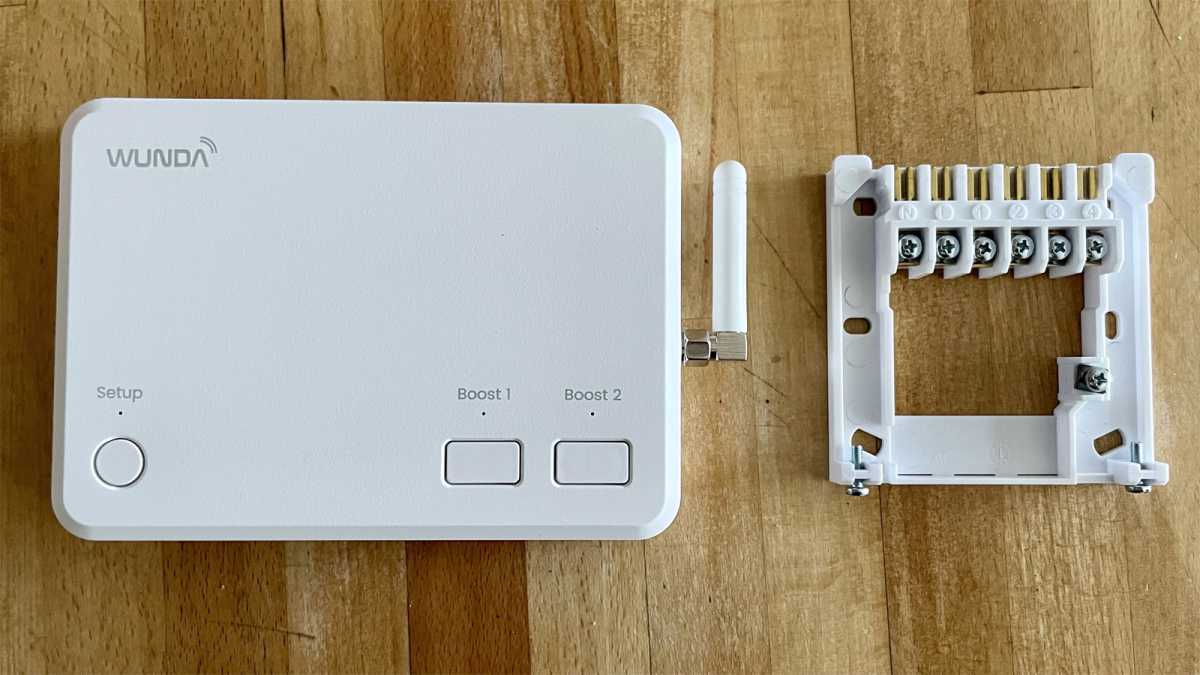
Jim Martin / Foundry
This compares reasonably well with the Nest, Hive and other thermostats.
But if you’re going to choose WundaSmart over the single-thermostat systems, you’ll want considerably more kit than that.
In order to control the temperature in specific rooms, you’ll need a smart Radiator Head for each radiator in those rooms, and one thermostat per room.
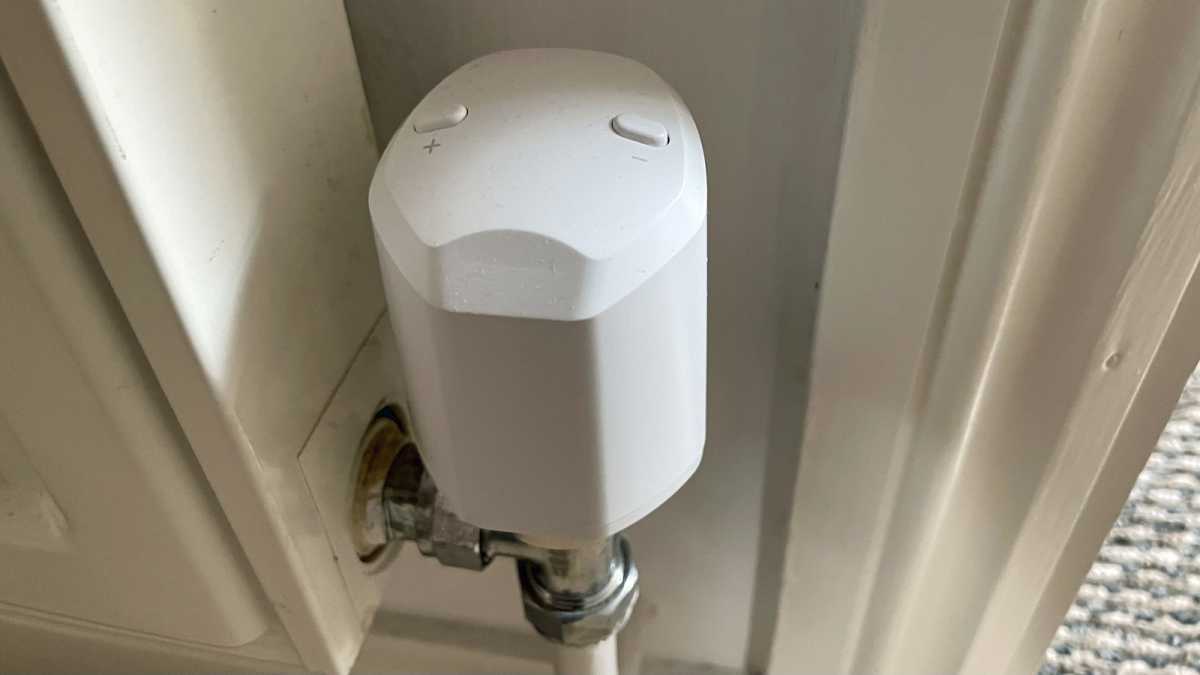
Jim Martin / Foundry
That’s because – sensibly – WundaSmart doesn’t record the temperature at the Radiator Head. Instead, it uses a combination of that temperature and the one measured by the room thermostat for a more accurate reading of how warm the room is.
You have a choice of two thermostats. You can go for the same thermostat as in the Starter Kit (£70) or a screenless version (below) for £50. The latter has no buttons so isn’t used for control: only measurement. It also has terminals for an optional floor probe if you want to measure the floor temperature. Both thermostats measure humidity as well.
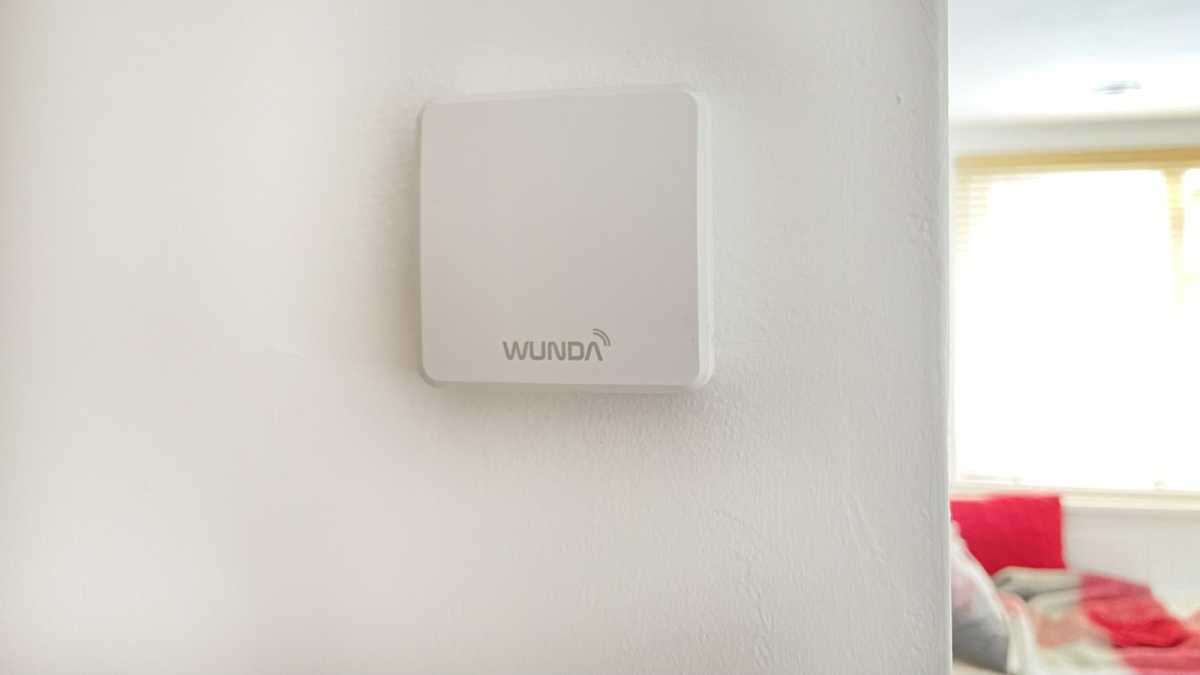
Jim Martin / Foundry
Although the app allows you to choose two different types of Radiator heads when adding them to a room, only one type is sold: the one with buttons. This, unlike many rival smart TRVs, has no display so it isn’t possible to see what temperature you are setting when using the + or – buttons.
This is a shame considering they aren’t cheaper than those rivals, but guests can at least increase or decrease the temperature without needing to ask the homeowner to adjust it in the app. Any changes last for two hours, unless they’re overridden by a change from another source: the app or your existing heating schedule.
The system supports up to 50 radiators and 30 rooms, which is plenty for homes and more than competing systems. It’s also partly aimed at office use, where those high numbers could come in handy.
As you’d expect, there’s also support for under-floor heating and a controller unit costs £99.95.
Schedules and geo-fencing
You can set up heating schedules in the app, per room, and there’s the option to use ‘adaptive startup’ which, instead of starting heating at the times you’ve chosen, the system will learn how long a room takes to reach temperature and will pre-heat to get it to that temperature by the times you’ve set.
You can use geo-fencing so that heating is turned off and on based on whether or not someone is at home. This avoids heating specific rooms when no-one is in them.
There are lots of options here, and you can set different rules for each room. You can register multiple phones so that, for example, when a teenager leaves the house, heating in their room is turned off. For communal rooms like the kitchen and lounge, you can choose what happens when the last registered user leaves, including “Set off until first User returns”.
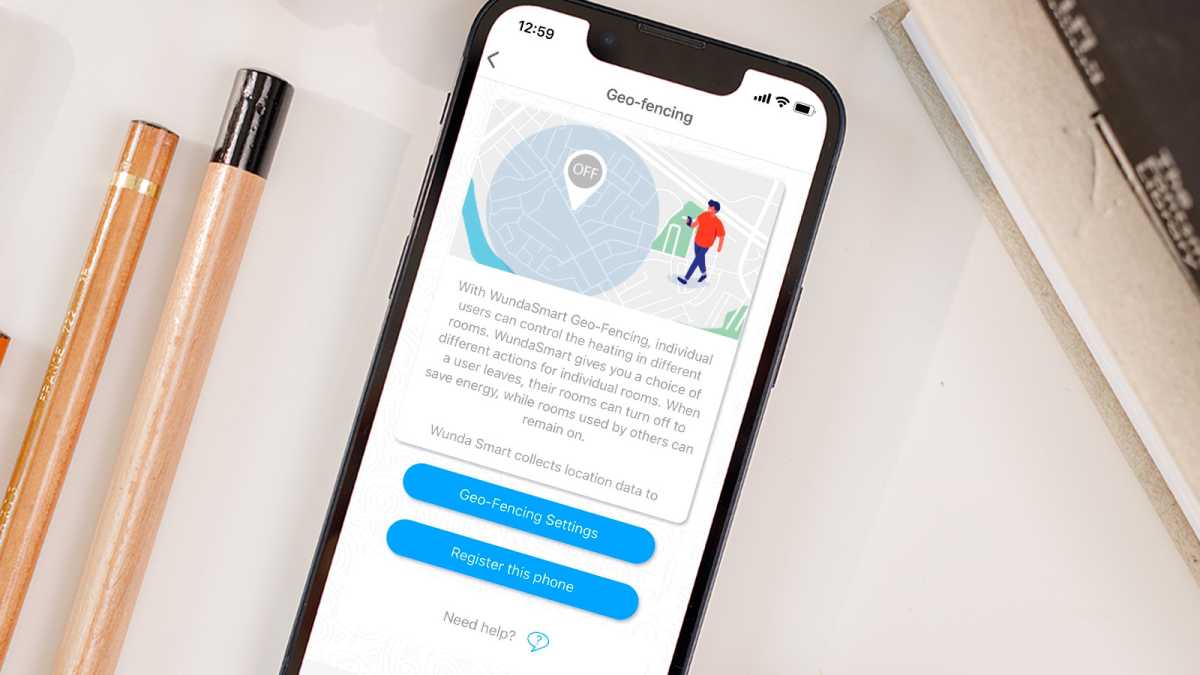
Jim Martin / Foundry
In other words, don’t heat the kitchen until one of the family members returns home.
There are also choices for what happens when someone is back home: resume the heating schedule, go to Eco mode until the next scheduled heating period or set the Comfort mode until the next scheduled heating period.
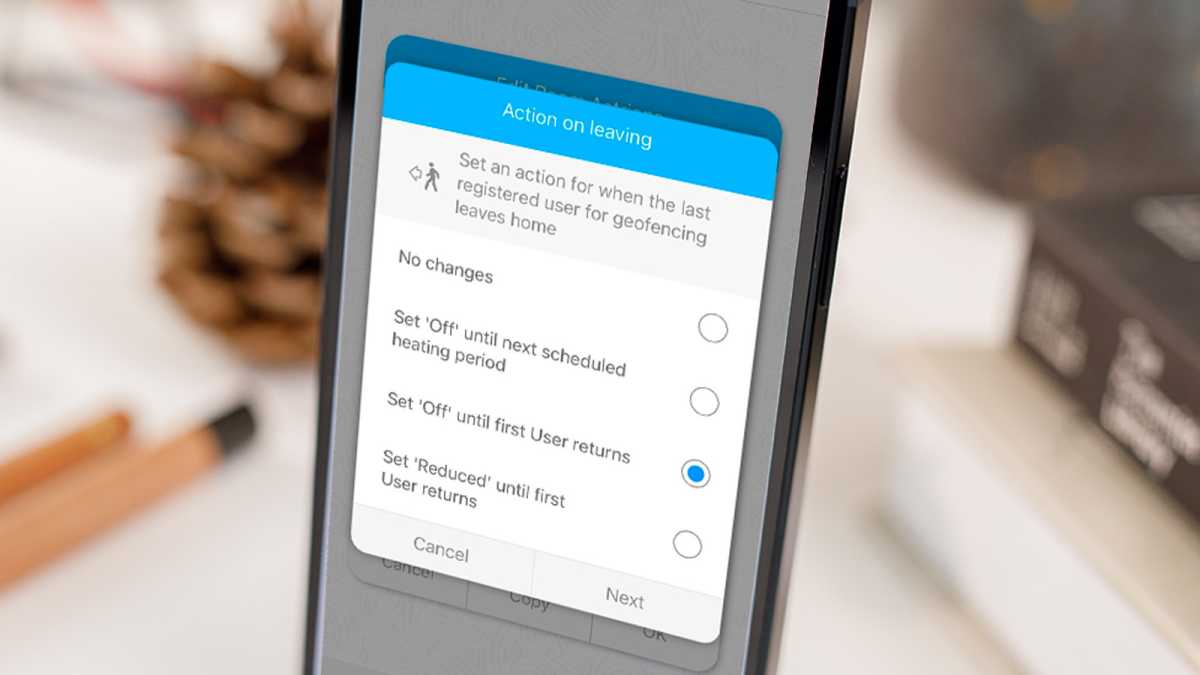
Jim Martin / Foundry
Setting up geo-fencing can be quite confusing. First you need to register phones: otherwise the user list is empty and there’s no option there to add anyone. When registering, you can choose how far from home you need to be before you’re seen as “home” or “away” – the default is 0.3km.
Once set up, it works very reliably.
Modes and options
Near the top of the Home screen is Quick Switch. This allows you to override your schedule and change the temperature in all (controlled) rooms to Comfort, Eco, Reduced or Off.
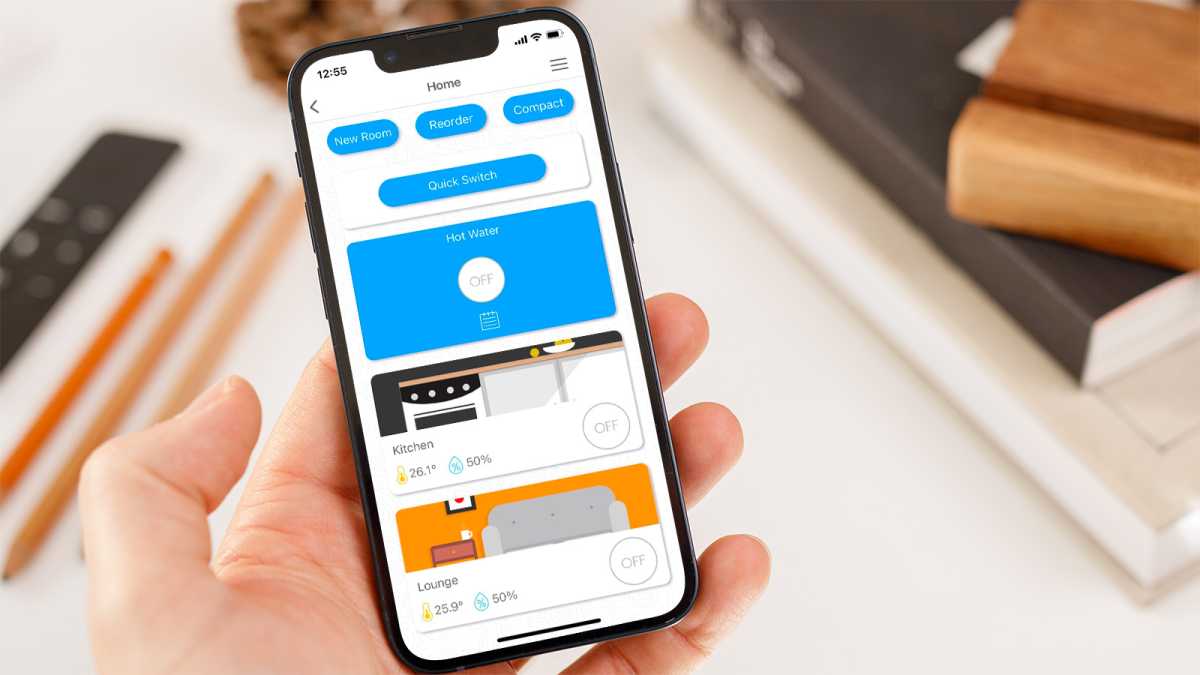
Jim Martin / Foundry
You can choose a temperature for each mode, so you have full control over what each does. Plus, after choosing a mode, you then pick whether it will apply until the next change in the schedule or until someone manually changes the temperature.
Along similar lines is the Boost function. A bit like Hive’s similar feature, there are two buttons on the HubSwitch marked Boost 1 and Boost 2. In the app you can set what these do, which means choosing which rooms to heat and for how long. Then, when you press one of the buttons, those specific rooms will get heated to the Comfort temperature. You’ll just have to remember which rooms each button controls if you’ve set each differently.
Oddly, there are no virtual Boost buttons in the app which is a bit frustrating if, like mine, your HubSwitch isn’t easy or quick to access.
Energy-saving options include open-window detection. This needs to be enabled for each room and will spot a temperature drop and automatically turn off radiators if it thinks a window has been opened. You can choose how much of a drop there needs to be (measured over two minutes) to activate this mode and how long to stop heating for.
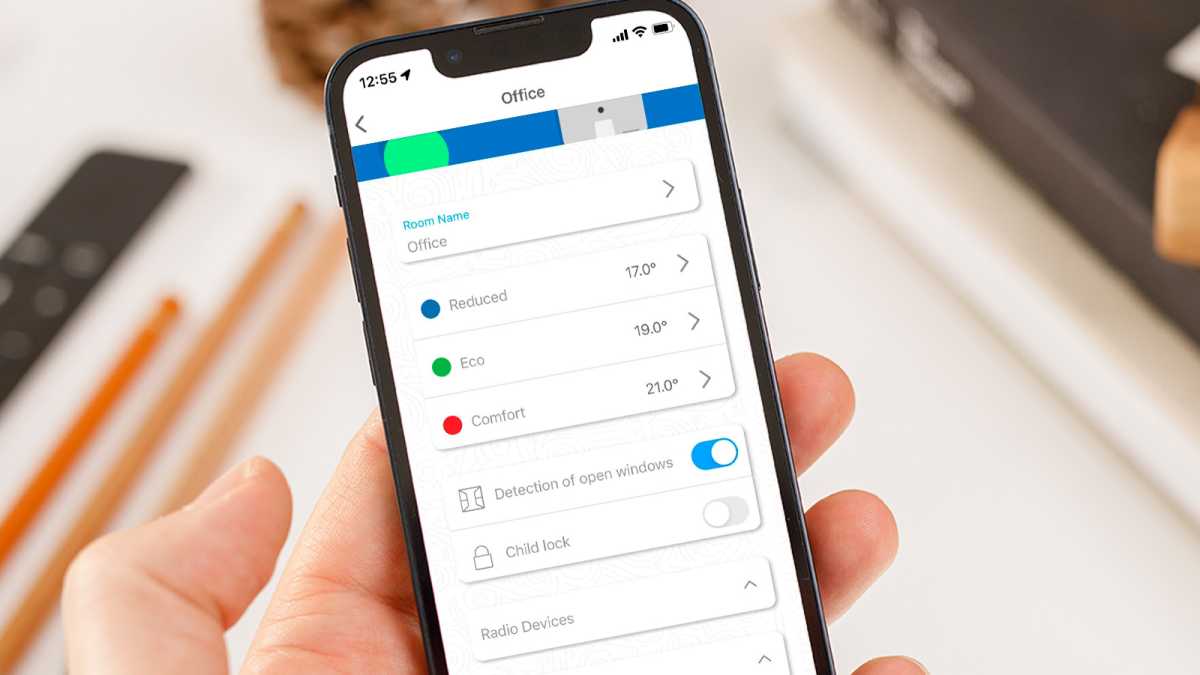
Jim Martin / Foundry
Another is Holiday Mode which is buried deep in the settings and offers no explanation of what it does. You can set start and stop dates, but there’s a separate setting to turn Holiday Mode on and off manually.
Looking to the user manual, it “pauses your heating and hot water schedules until the end date. It will revert to antifreeze settings. If for any reason you want to turn on your heating or hot water during a holiday period, you can boost either for a period of time using the app.”
If you’re concerned about installing a wireless system, which this is, into a large home or period property with thick walls, the good news is that the radio “Seeker Signal” that WundaSmart uses offers a bigger range than Zigbee or Z-Wave – two commonly used alternatives.
I certainly had no issues, even though my boiler – situated at the very back of the house – was over 50 feet away from the radiator heads at the front, with quite a few walls in the way. It’s so confident it will work in homes of any size or construction it doesn’t offer repeaters: it simply doesn’t need to.
The final feature of note is that none of your data is stored in the cloud. WundaSmart opts instead for storing that data locally, encrypted, “in your system”.
This also means that it will continue to work even if your internet connection goes down. But, naturally, you wouldn’t be able to control it remotely if that happened.
Installation
- Professional installation recommended
- DIY installation possible
For this review, and in order that I could properly test how a full system works, WundaSmart shipped over enough thermostats and radiator heads so that every room could be controlled independently.
The only room I couldn’t use it in was the bathroom which had a towel radiator with no TRV. Theoretically, it would be possible to fit a valve, but this would require a plumber and more expense.
As there’s no under-floor heating, I couldn’t test the Connection Box.
Before you order radiator heads, it’s worth checking that your TRVs are all working properly, and are compatible with them. This isn’t a case of seeing if the existing TRV head turns ok: it must be removed and the pin beneath pushed to check it moves up and down smoothly.
If not, and stuck-open valves are fairly common, you’ll need to try and fix them or have them replaced by a plumber.
The Smart Radiator Heads will fit standard M30 x 1.5 TRV bodies, and it’s simply a case of unscrewing the old head and replacing it. WundaSmart will also supply plastic adapters for most other common types (on request) so you can still install the smart ones.
I found around half my home’s radiators had the older M28 thread, but installing adapters took mere seconds: the kit includes various lengths of plastic pins so you can choose the one that fits best.
There’s no option to pay for professional installation when you order, so while WundaSmart recommends this, you’ll need to arrange a fitter yourself.
As the HubSwitch will attach to the common UK thermostat backplate, it is fairly simple to replace a traditional, dumb thermostat. However, if you do this, you’ll still need to check the wiring is correct to avoid damaging the HubSwitch. Plus, there are dip switches which need to set correctly for your heating setup, otherwise the system won’t work properly or at all.
Like the radiator heads, the room thermostats are designed for DIY installation. Screws and wall plugs are provided, but no adhesive strips if you wanted to avoid drilling holes.
The app guides you through the process of adding a thermostat and radiator heads, making the process even simpler. However, the instructions aren’t foolproof: it took me a few attempts to figure out whether it was asking me to press and hold a button to put each device into pairing mode, or just press and release, or press twice.
Hopefully WundaSmart can update the app so there’s no ambiguity.
Once paired, I had no issues with connectivity apart from with two screenless thermostats going offline almost immediately. The problem turned out to be that one of the two batteries had fallen out of place, presumably when slotting the unit onto its backplate on the wall. WundaSmart is now aware of this and will – again – hopefully install a foam strip to keep the batteries firmly in place.
Performance
When I originally wrote this review it was July, precisely the wrong time of year to test a heating system in the UK.
But I’ve now spent a good few weeks evaluating it in winter.
The good news is that it works very well, living up to the promise of being able to control room temperatures individually.
Not only that: it largely manages to keep the temperature you’ve set very accurately, and you can see graphs of temperature and humidity, plus when the heating was on in that room, over the past week.
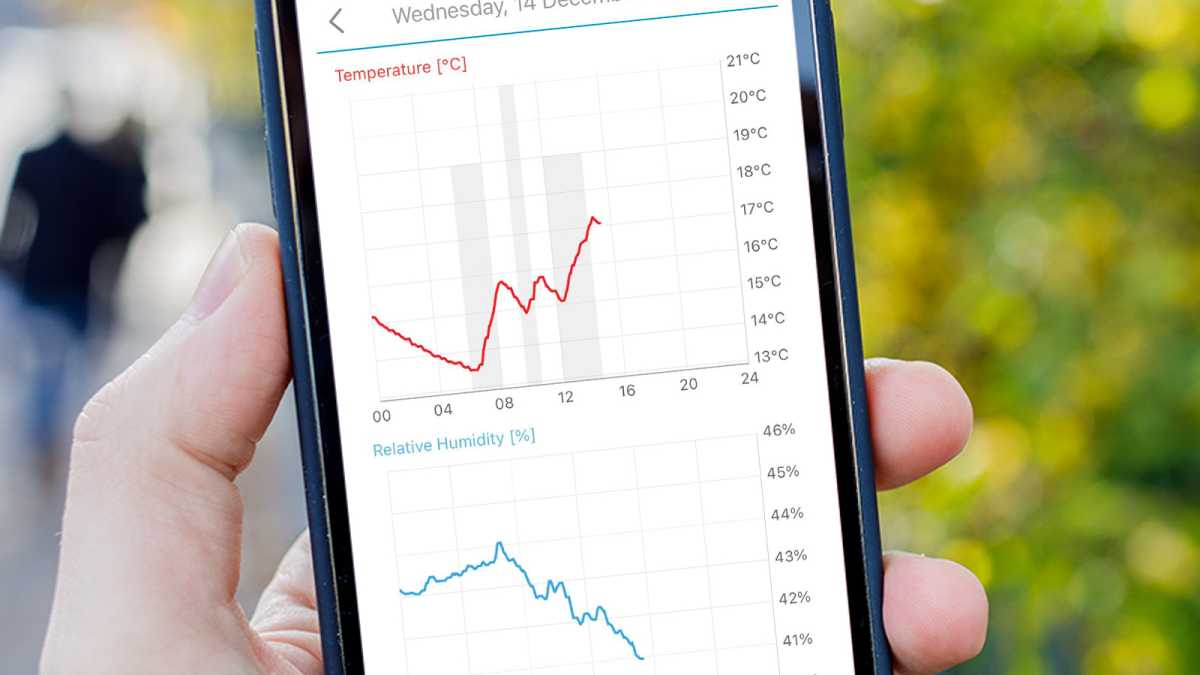
Jim Martin / Foundry
For the most part it is utterly reliable, too. There were only a couple of problems which the tech support team dealt with efficiently over email, with replies arriving relatively swiftly. There’s a phone number as well if you need more immediate support during office hours.
The issues appeared to be related to the RF signal, and caused the farthest radiators from the HubSwitch (around 60 feet away with several walls between them) to either turn on when they should have been off, or remain off when they should have been on.
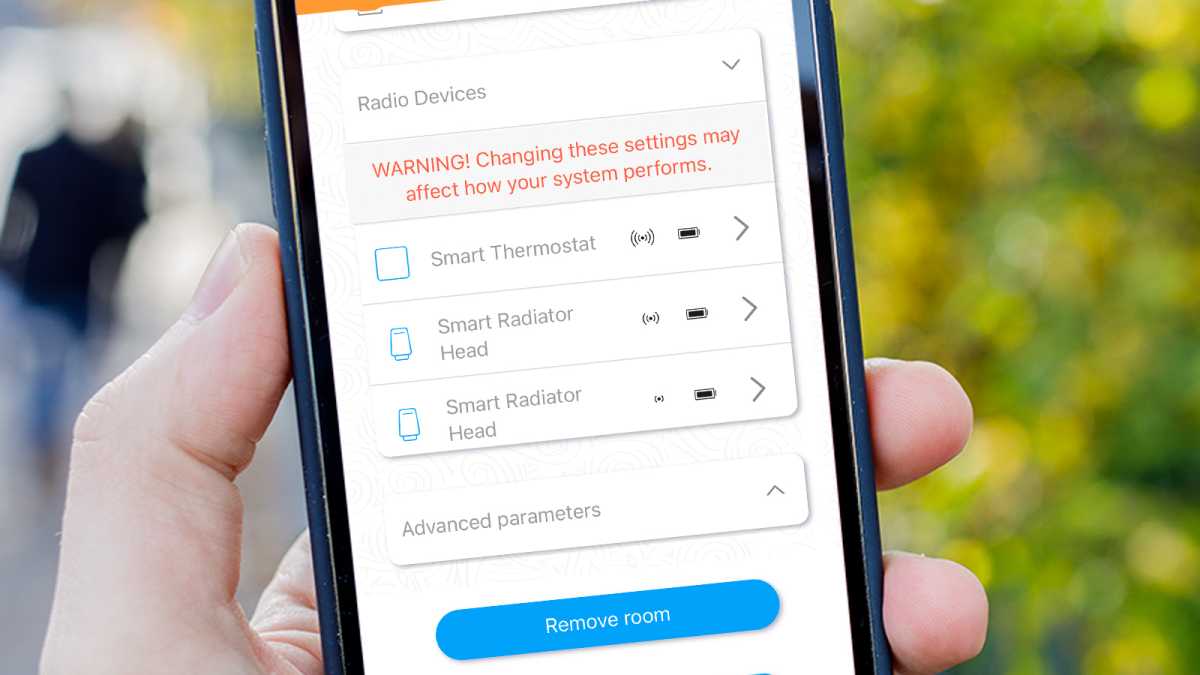
Jim Martin / Foundry
The former was in fact cured by increasing the ‘downforce’ for that radiator head in the app, which exerts more pressure on the valve pin, ensuring it turns off and stays off.
The latter only happened twice and was resolved when the support team ran a recalibration at their end.
Dig into the room settings and you can see the rough signal strength for each thermostat and radiator head….
